Speedplay Reengages With Revamped Lineup
Speedplay pedals are relaunched as of today. Yes, coming is a power meter built into the pedal, but that product is on a midsummer release schedule and we don’t know much about it. We’ll write about the power meter pedal closer to its release.
Wahoo Fitness, which purchased Speedplay 18 months ago, did not simply buy the company in order to produce a power pedal. It has renovated the product line, and as of today the redesign is done and you can buy the new Speedplays. There are changes to the line.
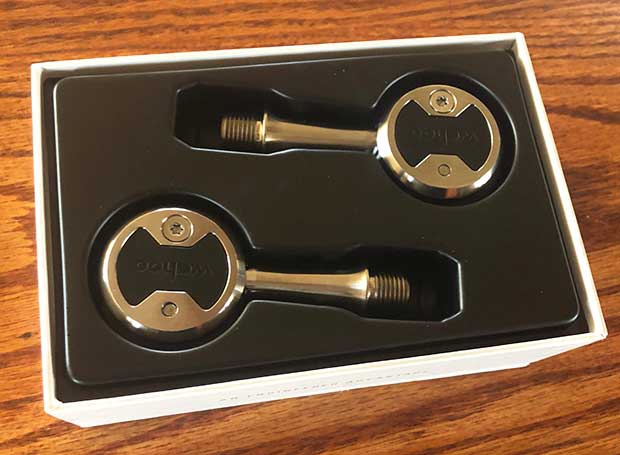
The packaging of the pedal is noticeably different – noticeably Applelike – in keeping with Wahoo’s attention to presentation. The pedal models updated and released today are the Nano, Zero, Comp and Aero pedals (though getting shipment of your new Aero pedal may lag a few weeks).
The Zero has been the most popular pedal design in the Speedplay line, and replaced the X decades ago. However the relaunched pedals bear a resemblance to the X, and some of that is due to the changes made by Wahoo to the Speedplay design in order to increase function and durability. There is less plastic and more metal in the contact and friction points, and that appears to be what has driven the design changes affecting the look of the pedal.
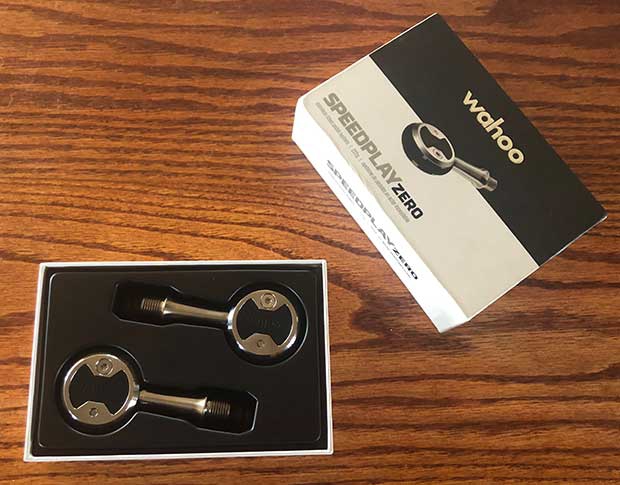
The most notable difference in the operation of the pedal are the bearings. Speedplay pedals were always highly valued for their function by that brand’s acolytes, but that came at a user cost: The need to service the pedal and occasionally replace bearings. Wahoo appears to have considered that a detriment, and has overhauled the pedal’s inners with what it calls a “Triple Sealed Cartridge & Needle” that requires no service. This change has made pedals throughout the line virtually maintenance-free.
Many or most of the pedals in the Speedplay line featured 15mm wrench flats for installation and removal. These are gone from the line. The back of the pedal takes an 8mm Allen key, and is the way this pedal affixes to a crankarm, regardless of the pedal model or spindle type.
There is a clean differentiation between the pedals in the line, depending on what you value, and that is best expressed by the chart below:
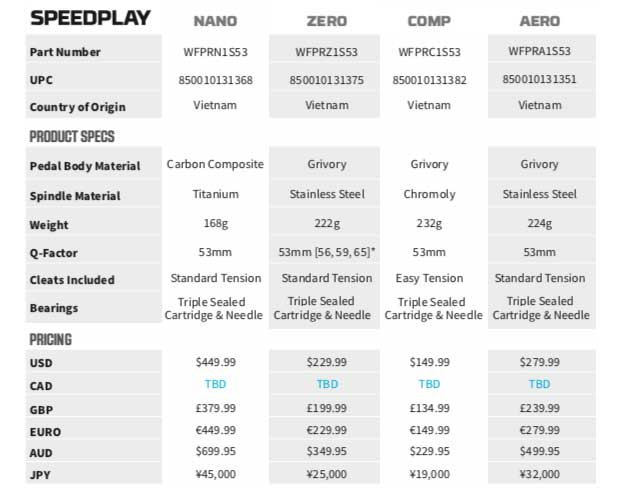
If you’re a professional bike fitter, two things are notable. First, every brand scrutinizes a reseller application but, as a vendor class, you are desired! Prior to the acquisition of this brand Speedplay was notably wary of the bike fitter channel. In my opinion, 2021 is the Year of the Bike Fitter for a number of reasons which I have described elsewhere, but the point is this: The sales channel for Wahoo Fitness closely overlaps the sales channel for Speedplay, and that includes bike fitters. If you look at the chart above, you can see that bike fitters are specifically referenced.
Spindle Lengths
Several available spindle lengths has been a feature highly prized by bike fitters, and this variety of spindles is almost unparalleled among the major sellers in this product class. Note that only 1 of the 4 models (the Zero) has spindle lengths as an option, and the 50mm length disappears from the line. A standard pedal spindle length is 53mm, and this is what you’ll find on almost all pedals, road or mountain. This is the distance from the pedal shoulder (where it mates to the crankarm) out to the center of the pedal platform. Available spindle options from Speedplay are also 56mm, 59mm, and 65mm. For comparison, Shimano road SPD standard spindle length is 52mm, and it offers a 56mm length as an option.
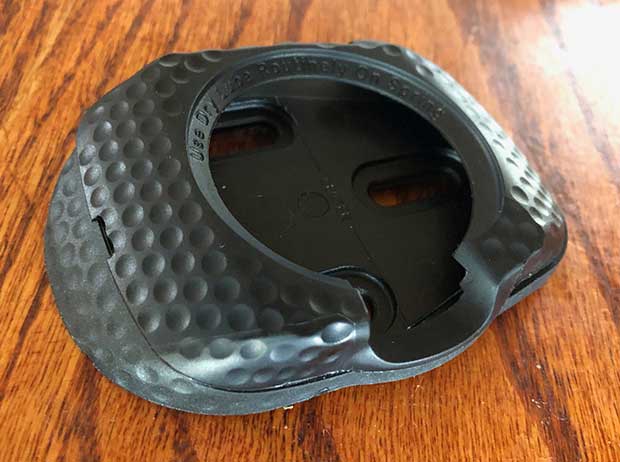
Cleats & Surrounds
When I read the new Speedplay narrative on cleats, what I see is, “Customize your Cleat: Select either the Standard or Easy Tension cleat to deliver a customized clip-in and clip-out experience. Both cleats are compatible across all pedals.” Yes, but it’s not quite that simple, I don’t think. As I understand it, the Easy Tension cleats come on the Comp, and the Standard Tension is comes on all the other 3 models. There is no way to get an Easy Tension cleat on the purchase of any other pedal model – the pedals come prepackaged.
As I understand it, if you want a different tension cleat than that which comes with the pedal, you must buy that cleat aftermarket at the $55 cost. Before you balk at the cost of the cleat versus other pedal brands’ cleats, realize that the cleat is where all the “action” is in a Speedplay pedal, literally. This is where you precisely dial in the engagement limits on this pedal, and the tension spring is in the cleat. Personally, I ride these two cleat tensions interchangeably. I don’t much notice or care whether I’m riding Standard or Easy Tension cleats.
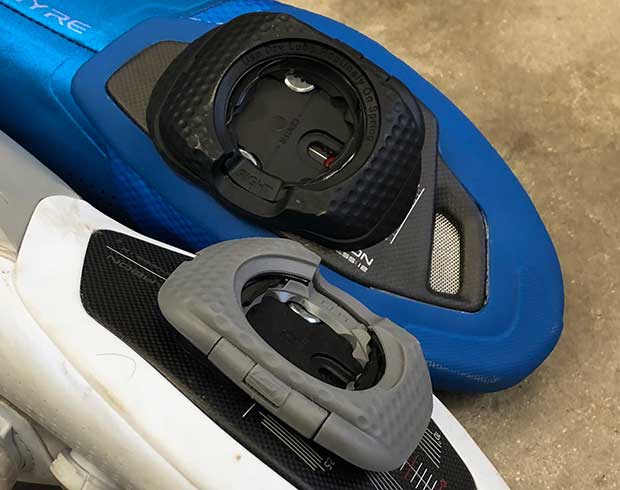
Over the years Speedplay cleats have gotten more fully dressed, with aero walkable cleat covers, and then with what are called Surrounds. These fill in the gap between the cleat cover and the pedal. One thing to note: Surrounds do not come with Easy Tension cleats, nor do they come with Comp pedals (which come with Easy Tension cleats). The only way to get the Surrounds is to purchase the entire Cleat Cover Kit at $29.99, or to buy 1 of the 3 pedal models that are sold with Standard Tension cleats.
One feature prized by triathletes (note how many on the Kona podium are Speedplay users) is the aerodynamic value of this pedal. Armed with nothing other than my instinct, I suspect the Surrounds add more aero value to the system than the Aero pedal itself (I don’t know). The shoes above are shown with and without Surrounds.
The only difference between the Speedplay Aero and the Speedplay Zero is that the bottom of the pedal is fully congruent with the aero walkable cleat cover. However, you lose the double-sided entry feature with the Aero pedal, and you can’t buy the Aero pedal with various spindle lengths. Make sure these limitations are acceptable to you if you buy the Aero pedal. More about Speedplay’s particular features can be seen here on Slowtwitch.
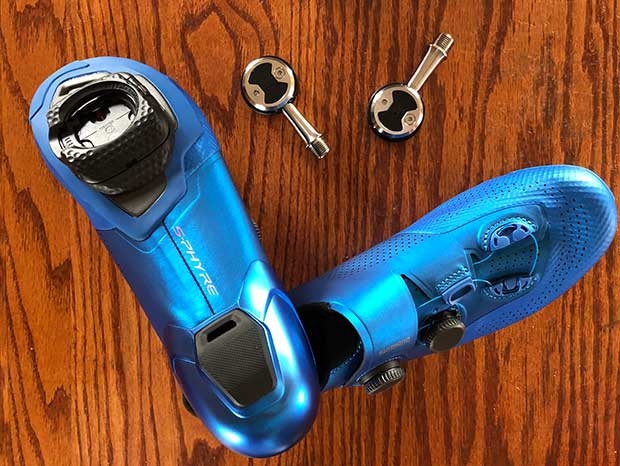
Compatibility
There is backward and forward compatibility among components of the old and new Speedplay line. Your current cleats on your shoes will mate with the new pedals. I’ve ridden these new Speedplay pedals and they ride – to my palate – exactly like the “old” Speedplay Zero pedals.
Other Stuff
What has been dropped from the line? Colors. There is only what you see here, black and grey, and they pretty well correspond to the cleat tension (black to standard tension; grey to easy tension). I don’t know what is the color of the aftermarket cleat cover package. Yellow cleats are history. The MTB line is gone and, honestly, no big loss. I have ridden a lot of miles in the Syzr, and it’s a fine pedal, but offers no real benefit over Shimano, Time or Crank Bros offroad pedals. Honestly the only thing Wahoo would have appreciated about the Syzr is its name (in keeping with Wahoo’s habit of vowel rationing).
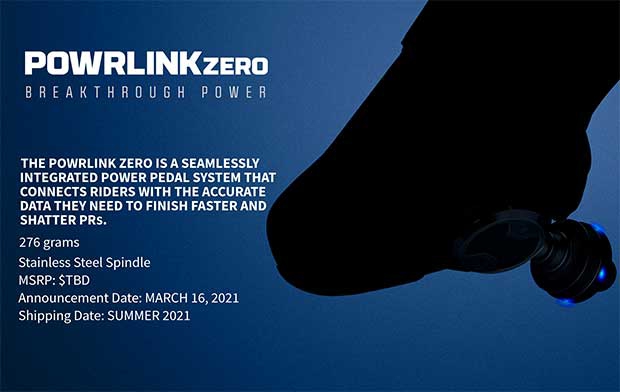
The only pedal that might be missed from the line is the minimalist Pavé. I never had a set of Pavés, but always wanted them. This is one among a list of things I will die never experiencing. C'est la vie.
Finally, as noted, a power pedal is coming. I’ve got nothing for you on this, other than it’ll be called the POWRPLAY ZERO. It’s got a stainless steel spindle, like the Zero and the Aero. Does that mean it will be offered in various spindle lengths, like the Zero? Don’t know. What you see in the graphic above is what I know.
There is a discussion about this relaunch on our Reader Forum, which includes a Q&A, and some how-to with pictures and a further explanation of the new lineup.


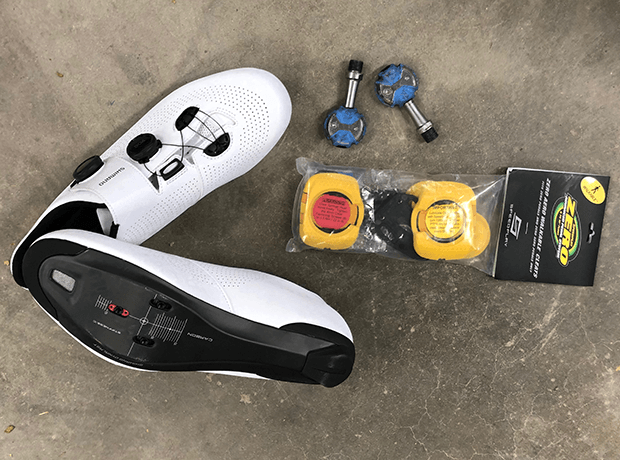
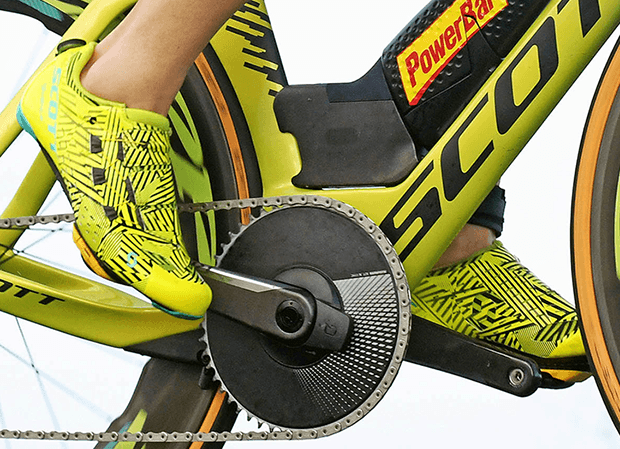
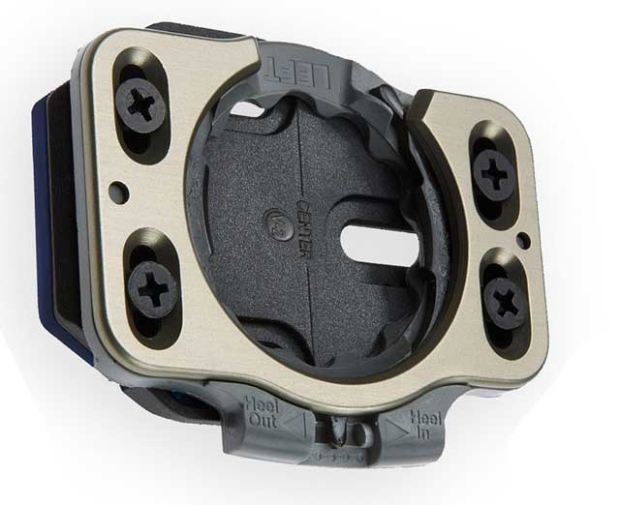
Start the discussion at forum.slowtwitch.com